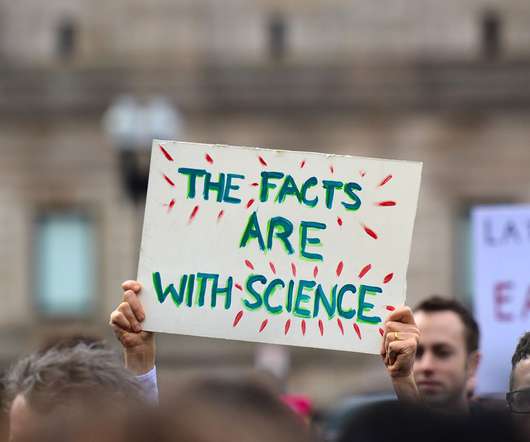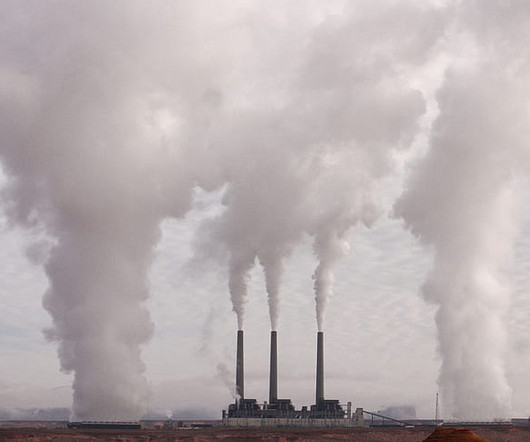Why UCS Supporters Are Pressing EPA to Let California Enforce Its Truck Pollution Rules
Union of Concerned Scientists
DECEMBER 1, 2022
California has a longstanding leadership role on transportation pollution, and the Clean Air Act grants the state the right to set strong vehicle emissions standards. We know the truck industry has a number of technological solutions to reduce its emissions, but we need regulators to take action to make it happen.

















Let's personalize your content